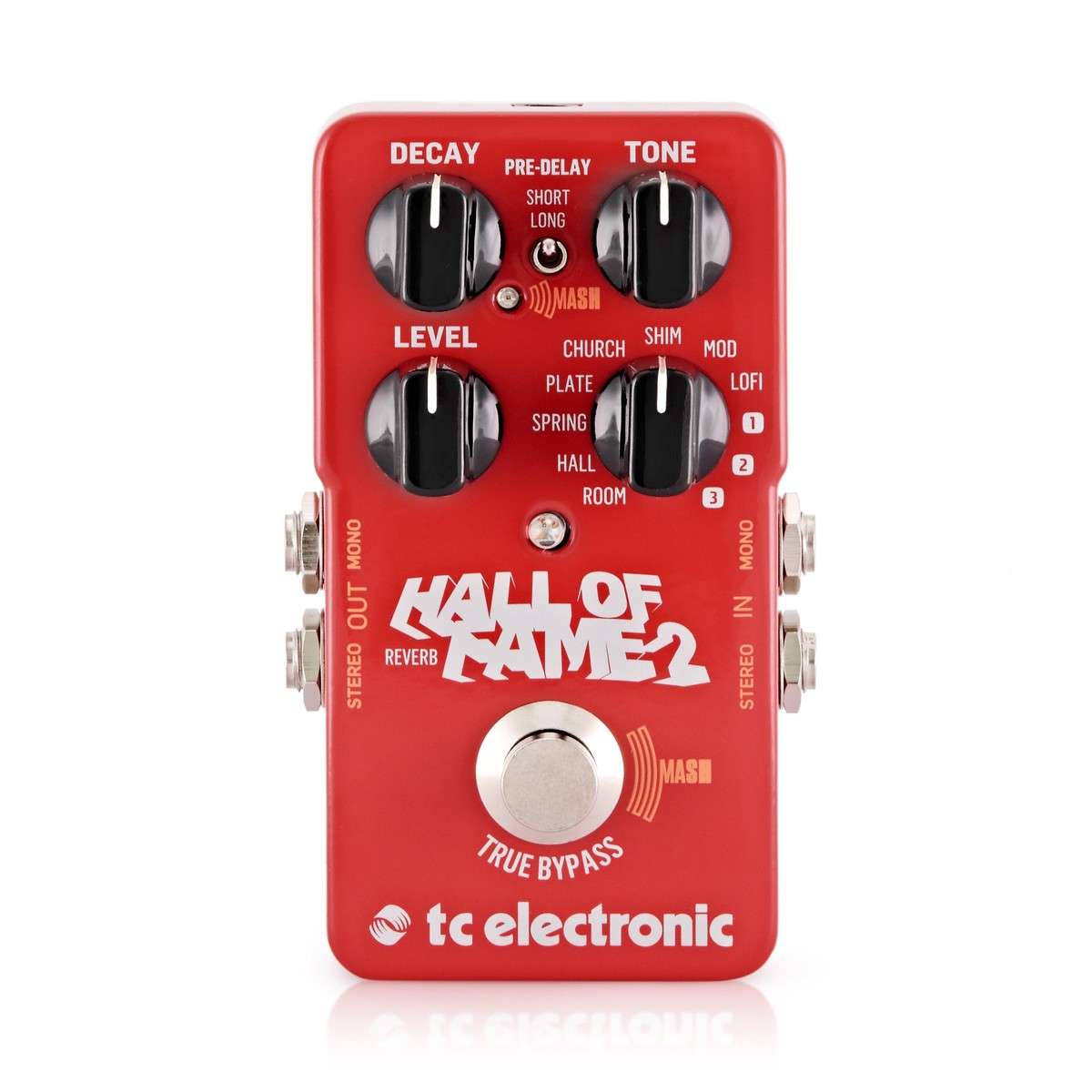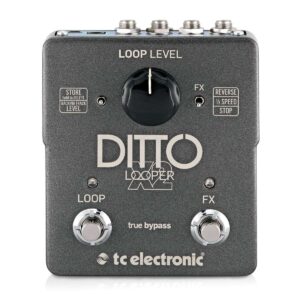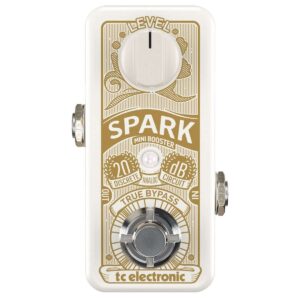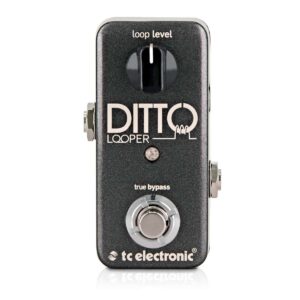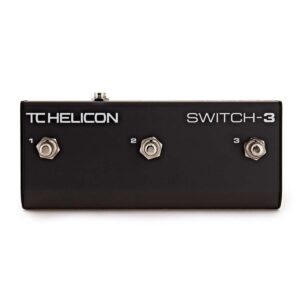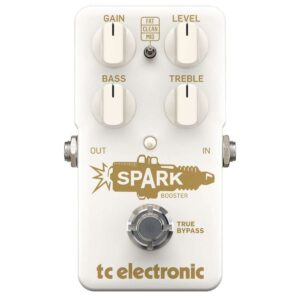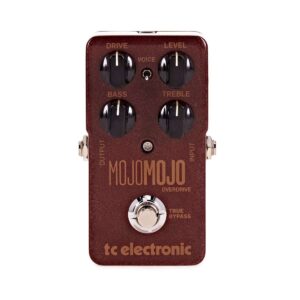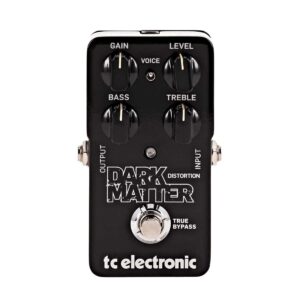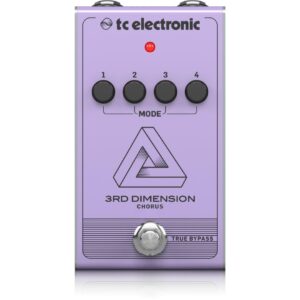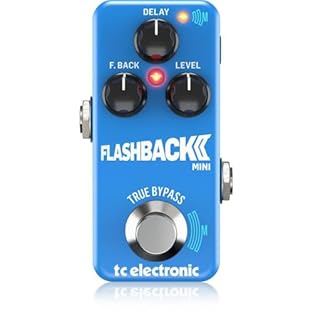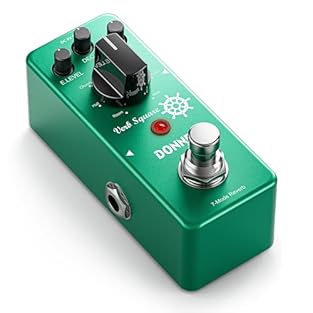Description
The TC Electronic Hall Of Fame 2 Reverb Pedal is in New condition and made by TC Electronic , it is a great Octave Looper Analogue Reverb Guitar Effect Pedal – The TC Electronic Hall of Fame 2 Reverb is an all-new guitar pedal that builds on the innovative design of the original Hall of Fame providing two new features to drastically enhance your creativity. With a choice between 10 different reverbs three of which are TonePrints the Hall of Fame 2 features a new shimmer algorithm that pitches the reverb up an octave through each feedback loop allowing you to create glorious otherworldly soundscapes. The new MASH technology turns the standard on/off footswitch into an expression control which is responsive to touch allowing you blend the reverb with your own personal expression. With TonePrint capabilities an analogue-dry-through design and true bypass the Hall of Fame 2 is perfect for players who are looking for a vast amount of creative freedom and are wanting to elevate their performance to the next level. . Available from Just Pedals for only £ 133.75 A range of new features For the second rendition of the Hall of Fame reverb pedal TC Electronic have added a new shimmer reverb algorithm which pitches the reverb up an octave through each feedback effect loop letting you create sounds that will transport you and your audience to new dimensions. Also featuring MASH technology you can turn the simple on/off function of the footswitch into a fully functioning expression switch which responds to the smallest touch. Not only will you be able to blend the reverb to fit your own personal expression the pedals compact design will help you save extra space on your pedalboard. Iconic reverbs The original Hall of Fame pedal housed the very best reverb from TC Electronic – the Hall of Fame 2 expands on this with the new shimmer reverb algorithm and uses 3 slots for TonePrints. The straightforward and intuitive controls for decay tone and level make it easy to dial-in your perfect sound. While the true bypass footswitch means no loss of tone when you disengage the pedal’s effects. Choose from between 10 different reverbs from the classic room hall and spring sounds – to the more experimental modulated and shimmer effects. Durable construction Designed with a durable metal chassis to protect the internal components against moisture and wear the pedal’s small footprint ensures it takes up as little space on your pedalboard as possible. Easy battery access provides quick power changes when there is no option for mains power letting you enjoy the pedal without any distractions. The simple intuitive design provides user-friendly operation and is the perfect choice for beginners as well as more established musicians . TonePrint TonePrint is a powerful way to create different sounds from the same pedal offering a range of custom designed settings which can completely re-tune your setup including the sound of how the pedal’s pots react. TC Electronic have collaborated with some of the best guitarists in the world to provide you with instant access to their amazing sounds. Connect the pedal to your computer to change settings or download the TonePrint app and wirelessly transfer the setting through the guitar’s pickup. Update your pedal with the custom-made settings by checking out the list of TonePrints available here. Specifications General Reverbs: Room Hall Spring Plate Church Shimmer Modulated LoFi 3 x TonePrint Controls: Decay Tone Level Mode Pre-Delay Switch Ins/Outs: 2 x 1/4″ Mono/TS (Stereo) USB Port: Mini USB Power Input: Standard 9 V DC Centre Negative More Than 100 mA Battery Option: Standard 9 V Dimensions Height: 2’’ (50 mm) Width: 2.8’’ (72 mm) Depth: 4.8 (122 mm) Weight: 300g (Approx.) Please Note: Pedal does not come with a power supply.
